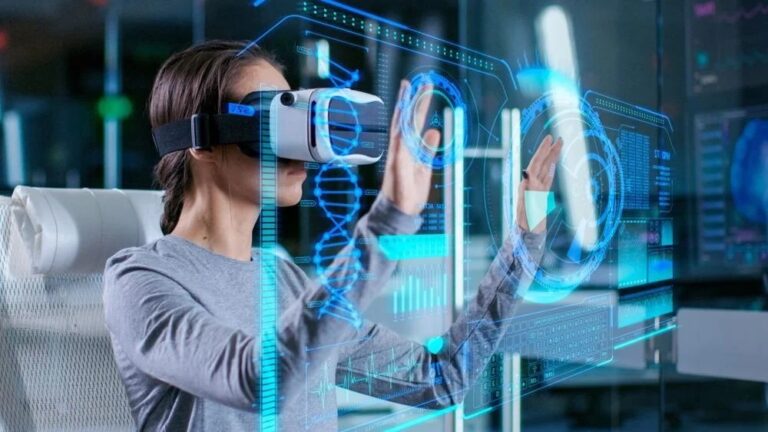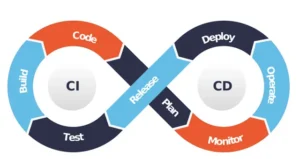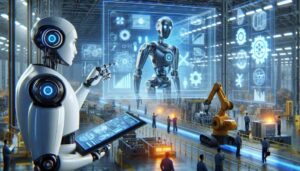Computer vision is a cutting-edge field within artificial intelligence (AI) that enables machines to interpret and understand the visual world. This article explores the fundamentals, applications, challenges, and future directions of computer vision, highlighting its profound impact across various sectors.
Fundamentals of Computer Vision
Computer vision aims to replicate human vision capabilities using algorithms and deep learning models. Key components include:
- Image Acquisition: Capturing visual data through cameras or sensors.
- Preprocessing: Enhancing and cleaning images to improve analysis accuracy.
- Feature Extraction: Identifying meaningful patterns or features from images.
- Object Detection and Recognition: Localizing and classifying objects within images or videos.
Applications Across Industries
Computer vision finds applications in diverse fields:
- Healthcare: Diagnosing medical conditions from medical images, assisting in surgery with augmented reality, and monitoring patient health remotely.
- Automotive: Enabling autonomous driving through object detection, lane recognition, and pedestrian tracking.
- Retail: Enhancing customer experience with augmented reality for virtual try-ons, inventory management using image recognition, and cashier-less checkout systems.
- Security and Surveillance: Monitoring and analyzing video feeds for identifying suspicious activities and recognizing faces for access control.
Challenges in Computer Vision
- Variability in Data: Images can vary significantly in terms of lighting, viewpoint, and occlusions, making robust analysis challenging.
- Interpretability: Understanding why a computer vision model makes a particular decision can be complex, impacting trust and reliability in critical applications.
- Scalability: Processing large volumes of visual data in real-time requires efficient algorithms and computational resources.
- Ethical Concerns: Addressing biases in data and algorithms to ensure fairness and prevent discrimination in applications like facial recognition.
Recent Advances and Future Directions
- Deep Learning: Advances in convolutional neural networks (CNNs) have significantly improved accuracy in image classification, object detection, and segmentation tasks.
- 3D Computer Vision: Extending capabilities beyond 2D images to analyze and understand three-dimensional scenes and objects.
- Edge Computing: Deploying computer vision algorithms on edge devices for real-time processing and reduced latency.
- Human-Computer Interaction: Developing intuitive interfaces through gesture recognition, gaze tracking, and augmented reality applications.
Conclusion
Computer vision continues to revolutionize industries by providing machines with the ability to interpret and understand visual information, akin to human perception. From healthcare and automotive to retail and security, its applications are diverse and impactful. As research advances and challenges are addressed, the future promises even more sophisticated computer vision systems that enhance automation, decision-making, and interaction between humans and machines. Embracing the potential of computer vision is key to unlocking new opportunities and driving innovation in the AI-driven world of tomorrow.





+ There are no comments
Add yours